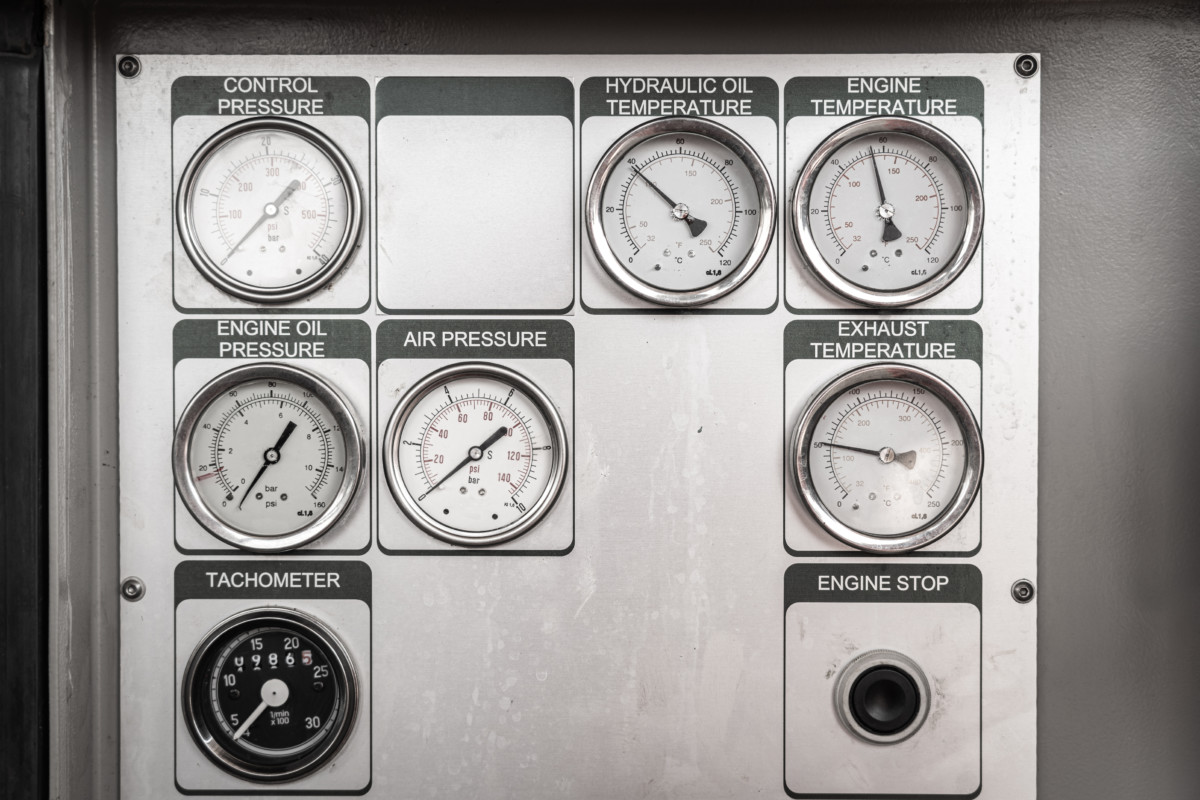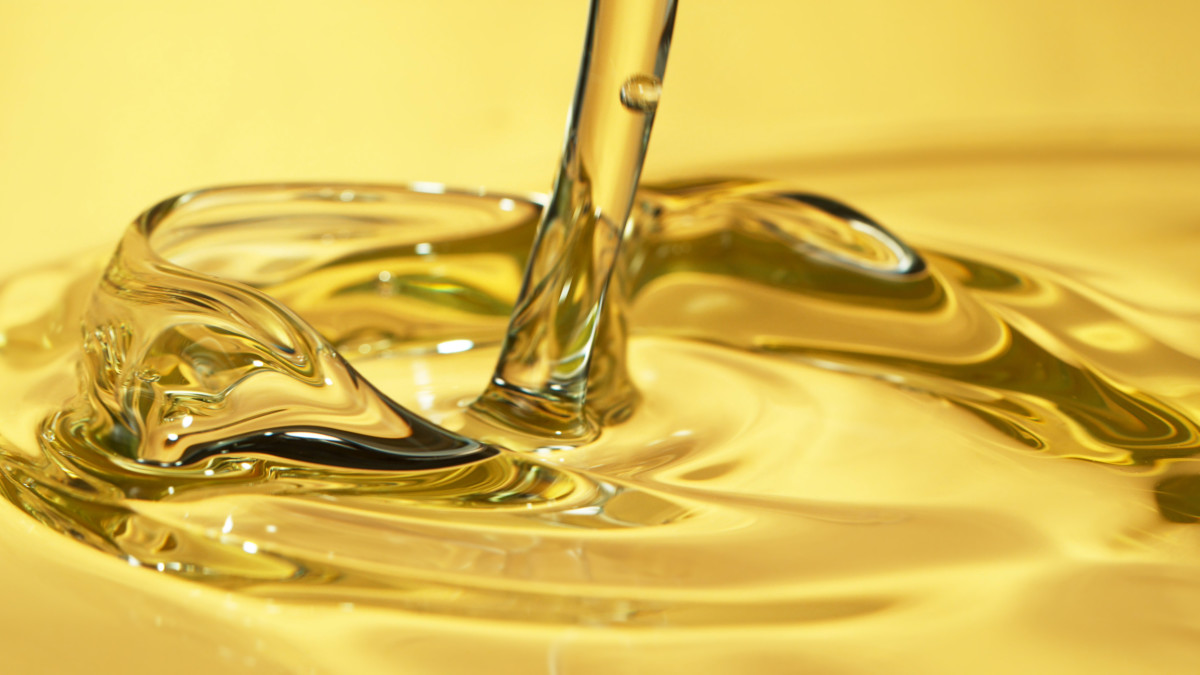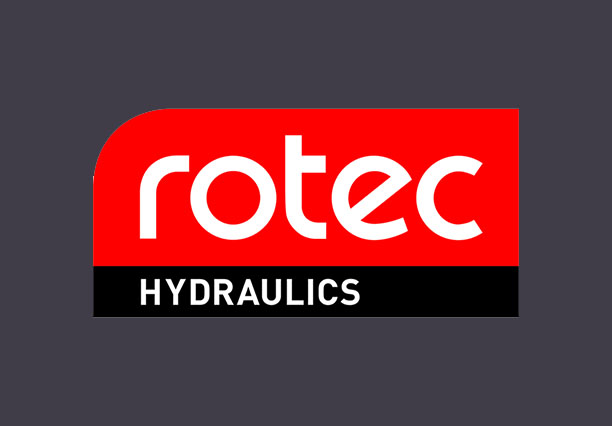
Overheating is the second most common issue that occurs in hydraulic systems, behind leakages. Overheating of hydraulic systems is caused by inefficiencies which have resulted in loss of input power being converted to heat. To achieve stable fluid temperature, a hydraulic system’s capacity to dissipate heat must exceed its heat load. Overheating can be avoided by a reduction in hydraulic oil heat load and/or increasing heat dissipation.
Why reduce oil temperature?
Hydraulic fluid temperatures above 82°C (180°F) is likely to lead to oil degradation and cause damage to hydraulic seal compounds. While the operation of any hydraulic system at temperatures above 82°C should be avoided, fluid temperature is too high when viscosity falls below the optimum value for the hydraulic system’s components. This can occur well below 82°C, depending on the fluid’s viscosity grade (weight). To achieve a stable oil temperature, the hydraulic system must be able to dissipate heat faster than it is built up.
Heat dissipation
Heat dissipation occurs in the hydraulic reservoir. Regularly check there are no obstructions to the air flow into the reservoir and that fluid levels are correct.
Heat exchangers
Similarly to the reservoir checks, ensure the core of heat exchangers are not obstructed. Heat exchangers rely on flow-rate, hydraulic oil temperature and coolant in order to disperse heat suitably. It is vital that faulty cooling circuits are replaced. Infra-red thermometers are a reliable way to measure the performance and oil flow rate of heat exchangers.

Oil pressure and leakage
Reduction in system pressure or oil leakage will cause increased heat generation. It is critical that the cause of the leaking is identified and then rectified appropriately. If a relief valve is underneath or positioned too closely to the pressure setting of a pressure-compensator in a closed-centre circuit, it may lead to increased heat generation and the system pressure cannot reach the pressure compensator setting. Subsequently, the component will continue to move oil thorough the system, passing over the relief valve, which produces heat.
